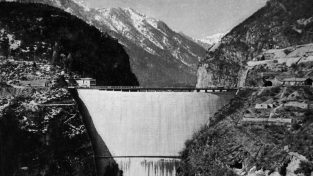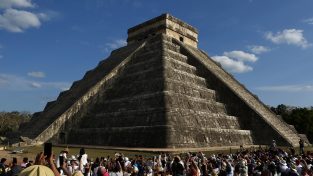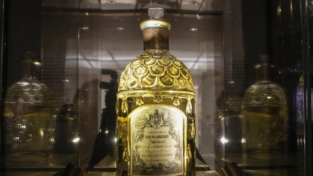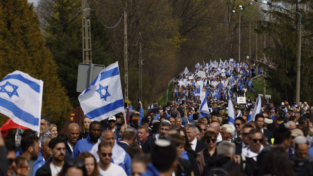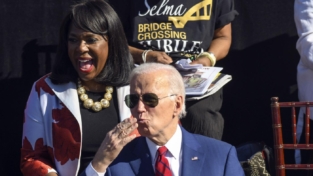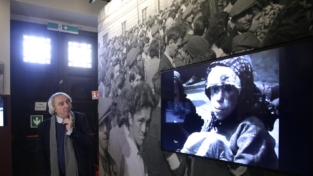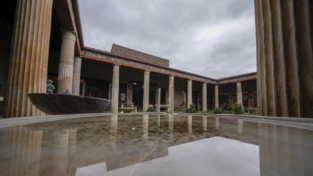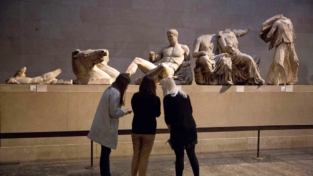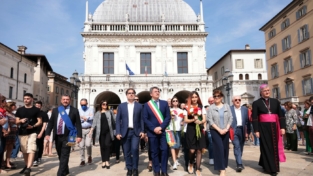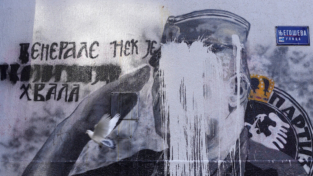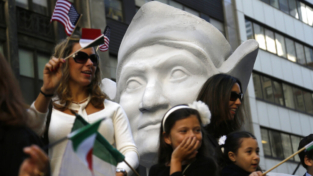Bloody Sunday e il dilemma perenne della nonviolenza
Davanti alla repressione omicida della protesta nonviolenta della società birmana, e delle giuste rivendicazioni di tanti popoli oppressi, si ripropone il dilemma e la contraddizione della domenica di sangue di Derry, in Irlanda del Nord, nel 1972
Arrivano, purtroppo, notizie delle violenze che si stanno scatenando, ad inizio marzo 2021, contro la straordinaria resistenza nonviolenta della società civile birmana verso il colpo di stato imposto dai militari in Myanmar. Il movimento di opposizione morale e politico alla dittatura, come si può leggere su cittanuova.it, esprime, nella sua unitarietà, le diverse componenti religiose e politiche del Paese.
La repressione in atto ha riproposto il dilemma tragico di Bloody Sunday, l’uccisione deliberata di 14 persone inermi avvenuta il 30 gennaio 1972 a Derry nel Nord Irlanda quando il reggimento del primo battaglione dei paracadutisti dell’esercito britannico sparò contro una folla di manifestanti nonviolenti che rivendicavano il rispetto di elementari diritti civili della popolazione appartenente alla componente repubblicana irlandese.
La strage avvenne davanti alla stampa di mezzo mondo ma l’inchiesta ufficiale di Londra non ravvisò alcuna colpa dei militari britannici, al contrario della inchiesta promossa 25 anni dopo e che ha accertato le gravi responsabilità ufficiali di un evento che provocò una leva di massa nel clandestino Esercito di liberazione irlandese (Ira). La censura contro la verità di quell’eccidio colpì anche la canzone scritta da Paul McCartney su quella domenica di sangue. Il brano “Give Ireland Back to the Irish” venne bandito in tutto il Regno Unito e sui mezzi di comunicazione di massa, a cominciare dalla BBC.
Solo la grande reazione dell’opinione pubblica a livello mondiale, la memoria costante delle vittime di un’ingiustizia così palese, ha permesso a quell’evento di rappresentare un monito contro una violenza intollerabile e gratuita in un conflitto protratto nel cuore dell’Europa fino all’accordo del venerdì santo dell’11 aprile 1998. Un processo di pacificazione che resta sempre da salvaguardare da possibili punti di rottura.
Quella domenica di sangue resta dunque come segno di una contraddizione aperta tra le ragioni della lotta nonviolenta davanti ad un potere oppressivo. Nella città di Derry nel 1972 e oggi.
«Non riesco a credere alle notizie oggi. Non posso chiudere gli occhi e farle andare via. Per quanto dovremo cantare questa canzone?» è la domanda che apre la celebre canzone degli U2 sulla Bloody Sunday che apre ad una prospettiva di senso: «La vera battaglia è appena cominciata / per reclamare la vittoria che Gesù ottenne in una… domenica, sanguinosa domenica».
Foto Ap sui fatti del 1972, le manifestazioni nel mondo e la memoria di quei fatti negli anni













